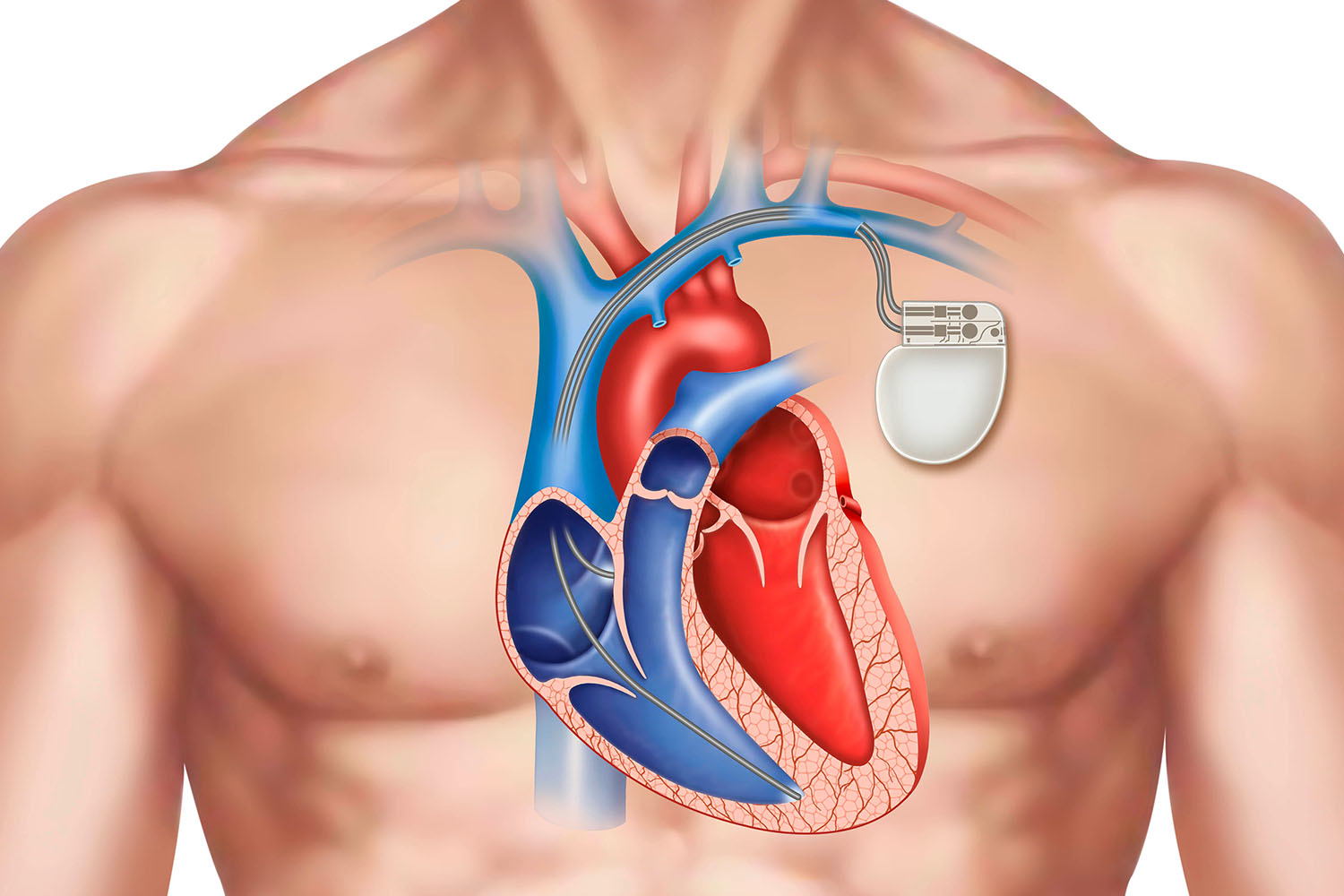Overview
Our hearts, the tireless engines of our existence, rely on a precise electrical rhythm to function effectively. Sometimes, this rhythm falters, leading to irregular heartbeats or bradycardia (slow heart rate). In such scenarios, a technological marvel called a pacemaker steps in, acting as a dependable pacemaker of the heart. Let’s delve into the world of pacemakers, exploring their working principle, the science behind their effectiveness, and the impact of international research on these life-saving devices.

How Does a Pacemaker Work?
Imagine a tiny electronic device implanted in your chest, constantly monitoring your heart rhythm. That’s precisely what a pacemaker is. It consists of three main components:
- Pulse generator: This is the brain of the pacemaker, housing a battery and a circuit that generates electrical pulses.
- Leads: These are thin, flexible wires that connect the pacemaker to your heart muscle.
- Electrodes: Positioned at the tip of the leads, electrodes transmit electrical signals to your heart muscle.
When the pacemaker detects a slow or irregular heartbeat, it sends electrical impulses through the leads to stimulate your heart muscle, ensuring a regular and adequate heart rate. This process essentially regulates the heart’s rhythm, much like a conductor guides an orchestra.
International Research on Pacemakers
The development and refinement of pacemakers have been a testament to groundbreaking international research. Here are some key highlights:
- Pioneering advancements: Early pacemakers in the 1950s were bulky and external. Research led to the development of smaller, implantable devices in the 1960s, greatly improving patient comfort and quality of life.
- Dual-chamber pacemakers: Research in the 1970s led to the creation of pacemakers that could stimulate both the upper and lower chambers of the heart, enhancing their effectiveness in specific heart rhythm problems.
- Biventricular pacemakers: More recent research has focused on biventricular pacemakers, which synchronize the contractions of both ventricles (lower chambers) for patients with heart failure. This has significantly improved patient outcomes.
The Impact of Pacemakers
Pacemakers have revolutionized cardiac care, offering a new lease on life for millions worldwide. Studies published in the European Heart Journal (2020) demonstrate a significant reduction in mortality rates for patients with bradycardia after pacemaker implantation. Additionally, research from the Journal of the American College of Cardiology (2019) highlights the improved quality of life experienced by individuals with pacemakers due to better control of their heart rhythm.
Living with a Pacemaker
Pacemakers are incredibly reliable, and modern devices can last for several years before needing battery replacement. However, regular follow-up with your doctor is crucial to ensure optimal function. With proper care and lifestyle modifications, individuals with pacemakers can lead active and fulfilling lives.
The pacemaker, a marvel of medical technology, serves as a dependable pacemaker of the heart, ensuring a steady rhythm and improved quality of life for countless individuals. International research continues to refine these devices, paving the way for even greater advancements in the future. If you have concerns about your heart rhythm, consult your doctor to explore if a pacemaker might be the right option for you.


